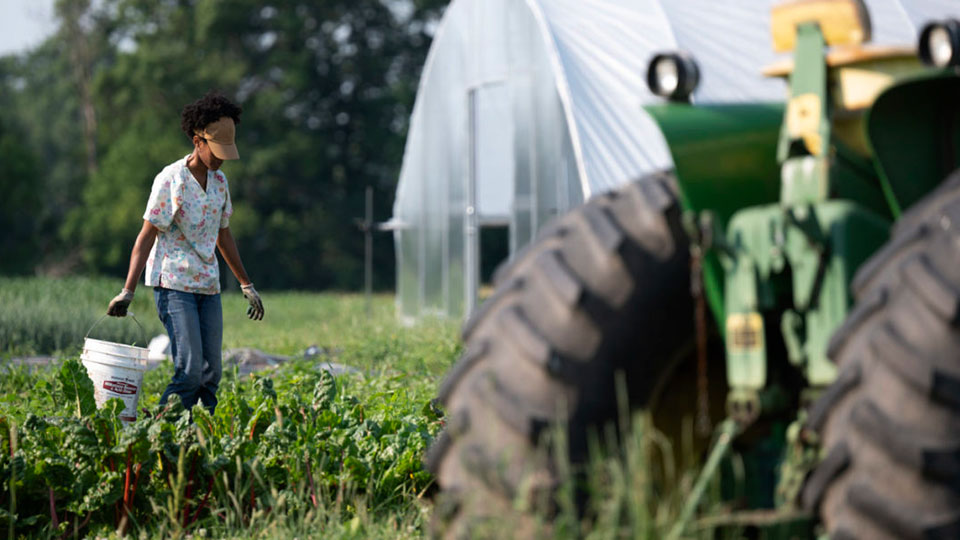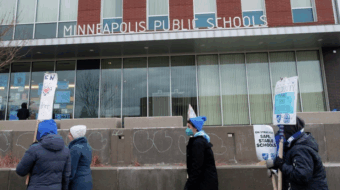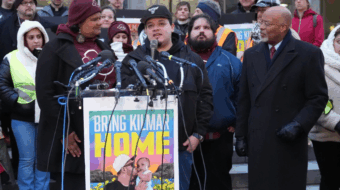
The history – and present experience – of Black farmers and black land loss has perhaps never had more of a spotlight than it has over the last year. That’s for good reason and bad. Early in 2021, the U.S. Department of Agriculture (USDA), directed by Congress through the American Rescue Plan Act, set out to make amends for the discrimination it has enacted against farmers and ranchers by implementing a plan to forgive the direct farm loans of thousands of Black, Indigenous and people of color (BIPOC) farmers. This news was celebrated—not as something that could fix the terrible history of racism against BIPOC farmers, but as a step to begin to address a history that cannot be denied. For those farmers who received letters from the USDA directing them to stop making loan payments and apply for loan repayment by the USDA through the new program, it was a blessing that, particularly after the extremely challenging years of the COVID pandemic, gave them a chance to stay on their land and to keep their family farm in the family.
That relief was almost immediately extinguished, however, as lawsuits were introduced in state after state, backed by political operatives aiming to stop the program, which they have managed to do. Now, while the courts consider the constitutionality of this program for BIPOC farmers, their livelihoods, farms, and land hang in the balance.
Black farmland ownership, which peaked in 1910 at 16 to 19 million acres, has decreased to less than 3 million acres today, and Black farmers represent just over 1% of all U.S. farmers.
The consequences are especially dire for Black farmers. Black farmland ownership, which peaked in 1910 at 16 to 19 million acres, has decreased to less than 3 million acres today, and Black farmers represent just over 1% of all U.S. farmers. The Federation of Southern Cooperatives, a Farm Aid grantee and partner since the 1980s, states “the causes of underutilization and loss of rural black land are numerous and complex, but none is more notable than heirs’ property.” The U.S. Department of Agriculture has called heirs’ property “the leading cause of Black involuntary land loss,” and notes that it led to a 90 percent decline in Black-owned farmland nationwide between 1910 and 1997.
The complications of Heirs’ Property
Heirs’ Property is created when a landowner dies without a will or some other form of estate planning for the transfer of ownership of land to another prior to death. This was very common in the first generation of Black landowners who often did not have access to the legal system. Without a will, the property is informally passed to the heirs of the deceased landowner. As the land continues changing hands with each generation, often with the original landowner’s name still listed on the deed, proving ownership becomes increasingly difficult.
Resolving land ownership can take years and cost thousands. Clearing a title requires tracing back the family tree, performing land surveys, and conducting exhaustive searches of many other documents. Navigating such complexities often requires the help of a lawyer, and those specializing in estate and heirs’ property cases are few and far between. Organizations like the Federation of Southern Cooperatives work to fill that gap.
Often there are many heirs to a property, and that number increases each time the land is passed to another generation. Because each heir owns a proportional stake in the property, all heirs must agree on major decisions affecting the land, an often-difficult process even if the number of heirs is small. In many occurrences heirs’ property is broken up in partition sales, which occur when a single heir wants to resolve the heirship by bringing a lawsuit to force a sale of the property. In some instances, heirs who do not want to divide the land may not even know that another heir has sold their stake. Often developers use this lack of clarity and cooperation to their advantage, exploiting families through legislative loopholes to buy one heir’s interest and force land sales in court. Eighteen states have enacted the Uniform Partition of Heirs’ Property Act in an effort to reduce exploitative partition sales.
For heirs’ property owners seeking to farm the land, there are major complications. It has historically been difficult for heirs to participate in USDA programs because they normally can’t meet the requirements – including proof of ownership or control of land – to get a farm number. A farm number is required to be eligible for many different USDA programs, including lending, disaster relief programs, and participation in county committees.
As part of their work to resolve the deeply destructive issue of heirs’ property, the Federation of Southern Cooperatives has long fought for policy change that was finally passed in the 2018 farm bill. The 2018 Farm Bill authorized alternative documentation for heirs’ property operators to establish a farm number so that they can qualify for USDA programs and assistance, and included an amendment allocating $5 million toward promoting the creation of intergenerational wealth.
In July 2021 – three years after the legislation was passed – USDA announced that the Heirs’ Property Relending Program will provide $67 million for loans to resolve property issues that have long kept some producers and landowners from being able to access USDA programs and services. Heirs can use the loans to resolve title issues by financing the purchase or consolidation of property interests and financing costs associated with succession plans.
The Federation’s Regional Heirs Property and Mediation Center provides direct assistance to heirs’ property owners and coordinates a collaborative network of partnerships and resources to address the systemic problems associated with heirs’ property throughout the Black Belt region. In 2021, the Federation provided legal education services to more than 40 heirs’ property owners, impacting more than 3,000 acres of land, and held free clinics across the south on the creation of legal wills. More than 300 people from 27 states attended the Federation’s 2nd Annual National Heirs’ Property Conference in 2020, designed to help heirs’ property owners and land practitioners understand the strategies and tools they need to navigate the process of clearing title and developing a land utilization strategy.
Heirs’ property is estimated to make up more than a third of Southern black-owned land — 3.5 million acres, worth more than $28 billion. This progress being made to address heirs’ property takes essential steps to address long-standing inequities in agriculture and advance economic equality for farmers of color.










